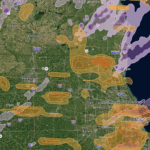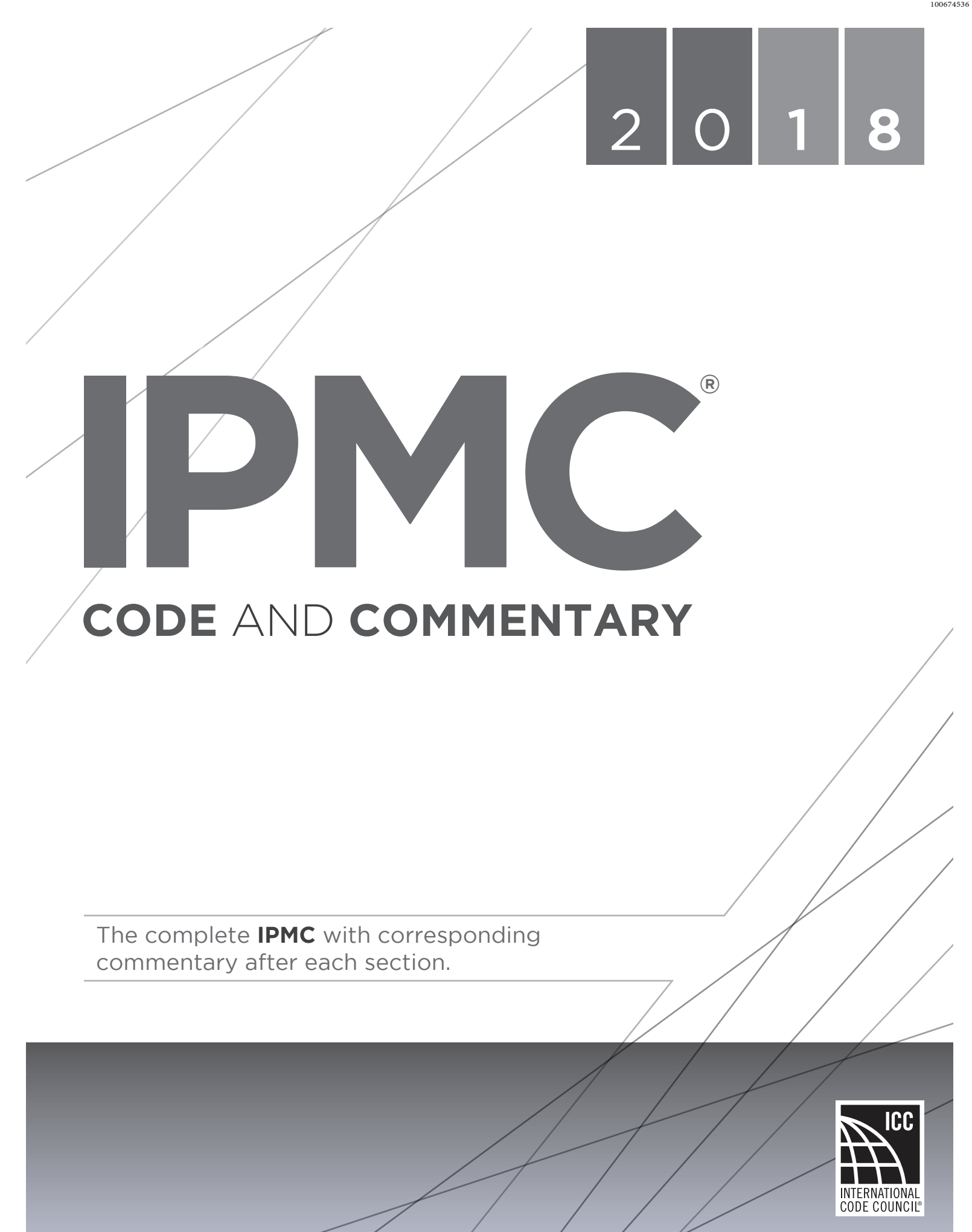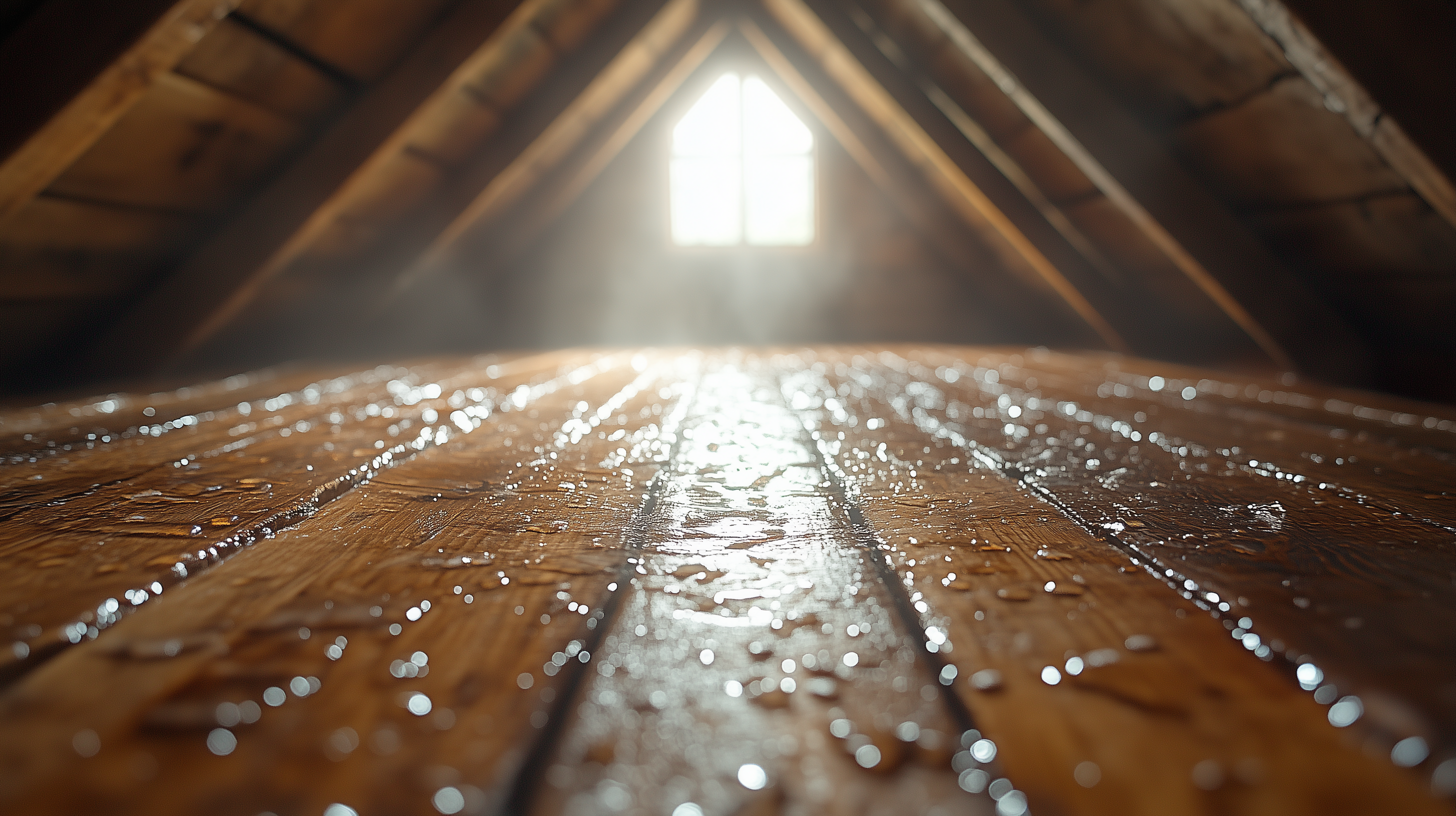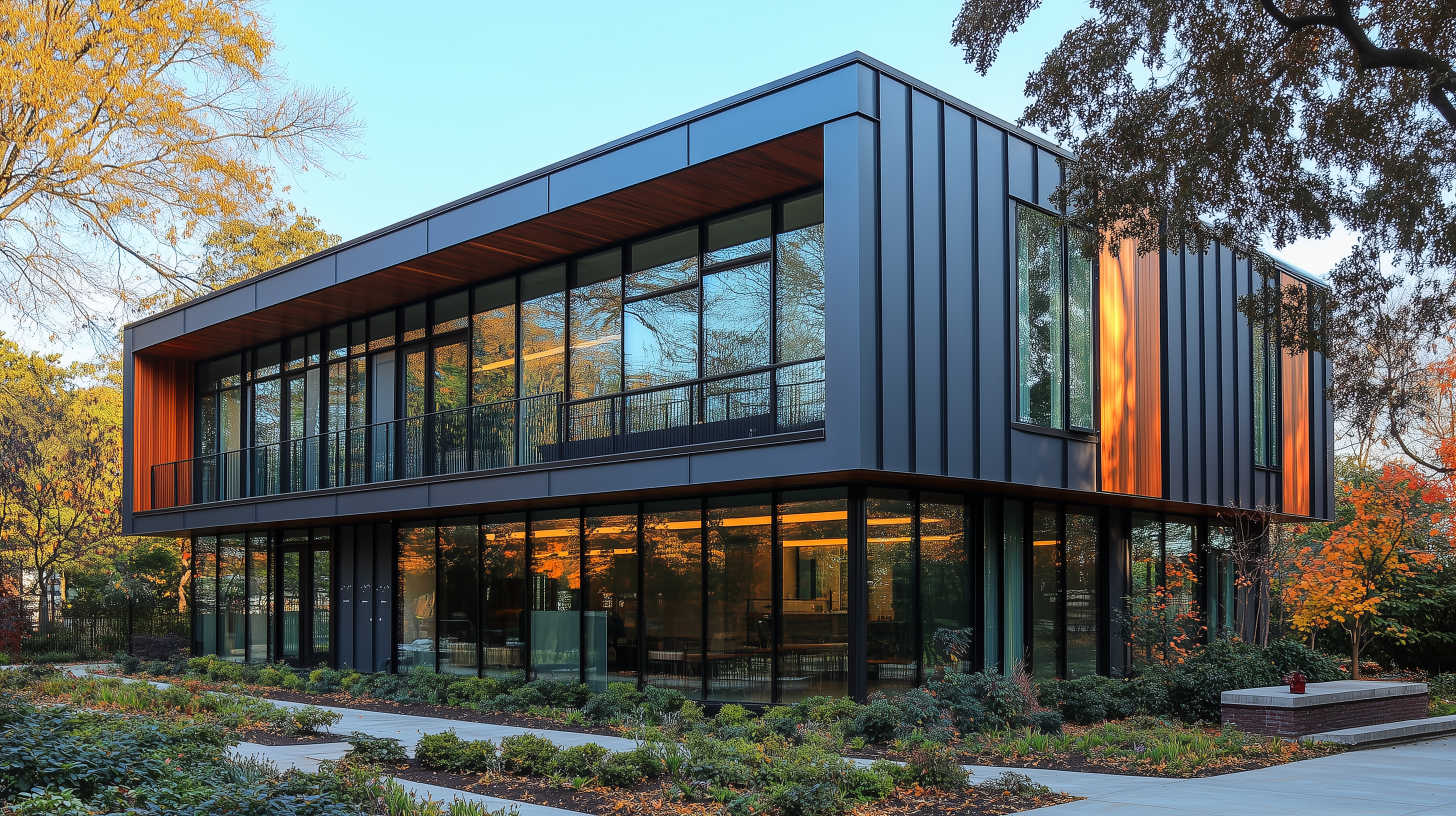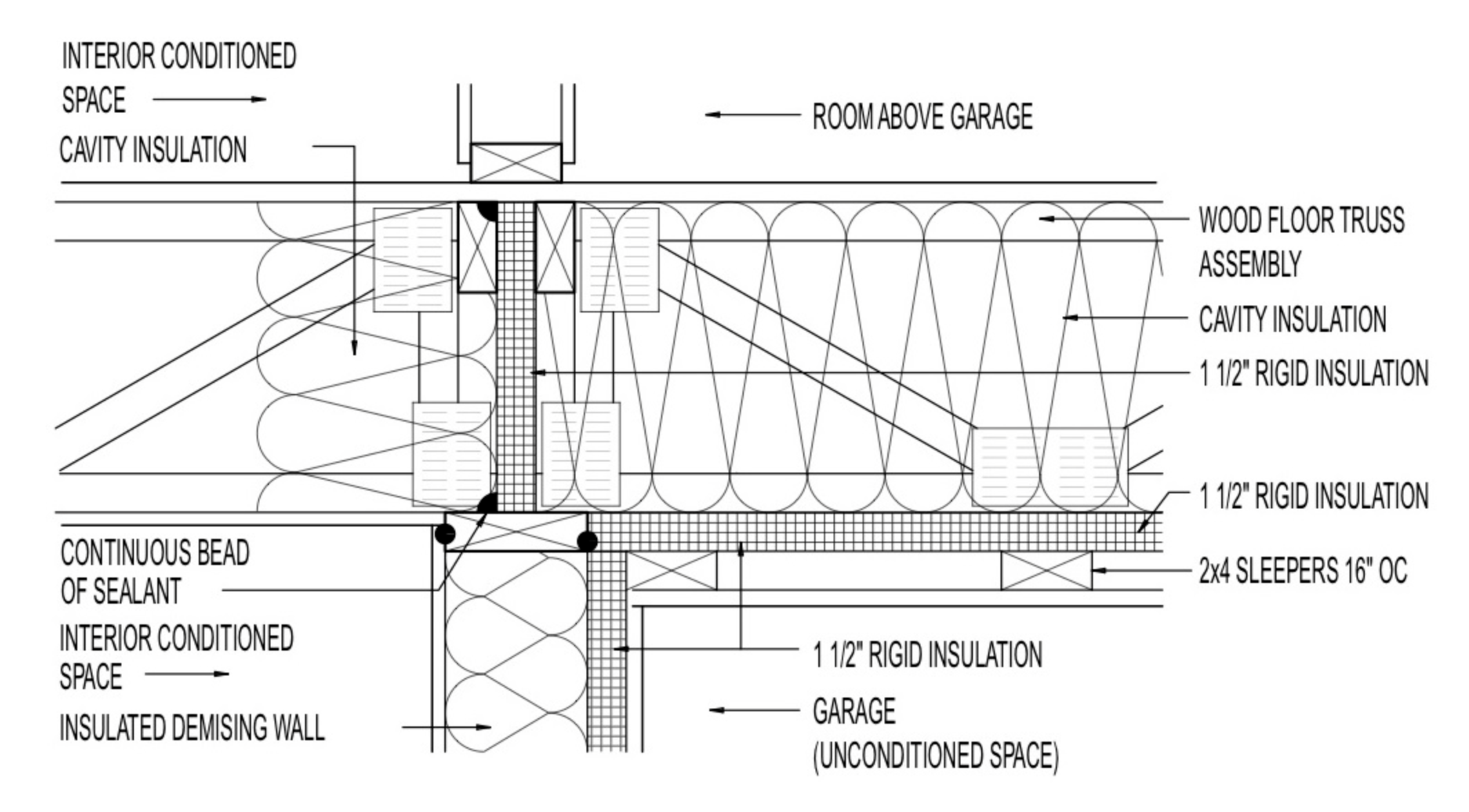Introduction: For professionals in the construction and restoration industry, adhering to codes is vital to ensure the safety and longevity of structures. One such crucial code is Section 306 of the International Property Maintenance Code (IPMC), which deals with “Component Serviceability”. Let’s delve into this section and its implications.
Key Highlights from IPMC Code Section 306:
General Maintenance (306.1):
- Components and equipment in a structure should be in good repair, structurally sound, and sanitary.
- The essence of this code emphasizes the importance of keeping every part of a structure maintained.
Unsafe Conditions (306.1.1):
- If components or systems are beyond their limit state due to certain conditions, they are deemed unsafe.
- Repair or replacement should comply with the International Building Code or the International Existing Building Code for existing structures.
Specific Unsafe Conditions Include:
Soils:
- Collapse of footing or foundation.
- Damage due to soil expansion.
- Adverse effects from soil’s chemical reactions.
- Inadequate soil determined by geotechnical investigation.
- Doubtful allowable bearing capacity of the soil.
- Adverse effects due to the groundwater table.
Concrete:
- Deterioration.
- Ultimate deformation.
- Fractures.
- Fissures.
- Spalling.
- Exposed reinforcement.
- Detached or failing connections.
Aluminum:
- Deterioration.
- Corrosion.
- Elastic and ultimate deformation.
- Stress or strain cracks.
- Joint fatigue.
- Detached or failing connections.
Masonry:
- Deterioration.
- Ultimate deformation.
- Fractures or fissures in masonry or mortar joints.
- Spalling.
- Exposed reinforcement.
- Detached or failing connections.
Steel:
- Deterioration.
- Elastic and ultimate deformation.
- Metal fatigue.
- Detached or failing connections.
Wood:
- Ultimate deformation.
- Deterioration.
- Damage from insects, rodents, or other pests.
- Fire damage beyond charring.
- Significant splits and checks.
- Horizontal and vertical shear cracks.
- Inadequate support.
- Excessive cutting and notching.
Exceptions:
- Situations where an approved method otherwise substantiates the condition.
- The demolition of unsafe conditions is allowed if approved by the code official.
Summary: Section 306 of the IPMC is instrumental in guiding professionals on the required serviceability of various components in a structure. It not only defines what constitutes an unsafe condition but also provides guidance on remedial actions. Adherence to these guidelines ensures the safety, durability, and overall integrity of a building or structure. For contractors, roofers, and restoration professionals, understanding and complying with these codes is paramount to delivering quality work that stands the test of time.
For more personalized guidance, consult with engineers and local building codes specific to your location. For immediate service or consultation, you may contact us at Allied Emergency Services, INC.
Contact Information:
- Phone: 1-800-792-0212
- Email: Info@AlliedEmergencyServices.com
- Location: Serving Illinois, Wisconsin, and Indiana with a focus on the greater Chicago area.
If you require immediate assistance or have specific questions, our human support is readily available to help you.
Disclaimer: This article is intended for informational purposes only. For professional advice, consult experts in the field
